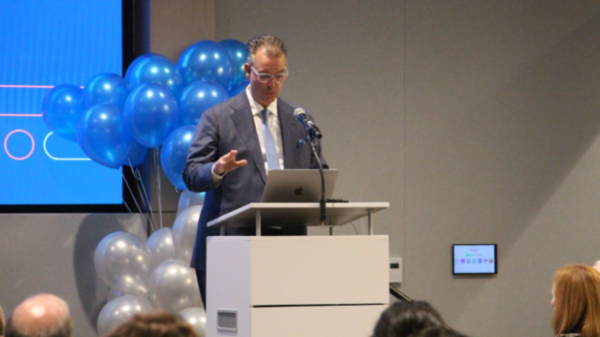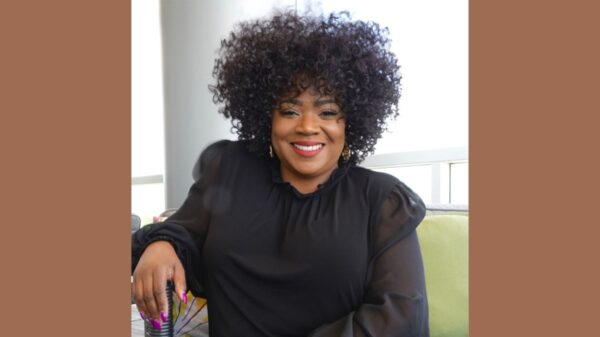
BY JAZZ PAZZ
As President George W. Bush famously said, “Rarely is the question asked: Is our children learning?” Although often quoted with a chuckle, the answer is a roaring no in the Houston Independent School District (HISD). And this is by design.
HISD is the largest school district in Texas and one of the biggest in the nation, but despite their pledge, “The Board of Education’s mission is to equitably educate the whole child so that every student graduates with the tools to reach their full potential,” it is not happening.
A little history: throughout the 1920s and ‘30s, the city’s all-white campuses were exclusively located in the western parts of Houston. The disfavored, deficient Black schools were restricted to southern and northeastern areas, but minority students were arguably better educated than they are now.
In 1954, the court’s decision of Brown v. Board of Education declared that segregated schools were unconstitutional even if they were of equal quality. Prior to 1960, HISD was the biggest segregated school system in the United States. William Lawson, who was a youth minister then, advised Wheatley students to shun their school. The students followed his advice so successfully that their 90% absence rate inspired a federal judge to speed up integration. The HISD officials reluctantly and lethargically crafted a plan to cooperate. Part of this deceit was declaring Mexican American students to be white and used them to “integrate” the Black schools, while keeping Angelo children on distinct campuses. When Mexican American parents disenrolled their youngsters in protest and joined the boycotts, HISD instituted the rezoning of schools. In 1970, one dozen Black courageous students were admitted to HISD schools previously reserved for whites.
This resulted in “white flight.” White families moved away from their established neighborhoods in bitter opposition to the admission of minorities into “their” schools. Bussing was so universally detested that voluntary magnet schools were instituted as an alternative.
Through all these challenges HISD has produced some remarkable citizens, none more than Phyllis Wheatley High School in the Fifth Ward, including Barbara Jordon (1952), Albert “Al” Edwards (1955), Mickey Leland (1963), Ruth Simmons (1963), and El Franco Lee (1968).
Phyllis Wheatley High School opened as a “colored” campus in 1927, replacing what had been a white elementary school. It continues to survive in a socioeconomic environment that has roots in century-old segregation. Many of the student body are classified as “economically disadvantaged.”
Fast forward to 2020, when one hundred students and alumni of Lamar High School felt compelled to write an open letter to share their experiences and painful memories of bigotry, discrimination and inequality experienced by Black students in Houston public schools. Their document alleges failure to appropriately address undisguised racism, the penalization of Blacks for behavior not resulting in punishment for white students, and maintaining racial division in classrooms, clubs, and supplementary pursuits at the school.
Lamar is often recognized as HISD’s most successfully integrated school. Established in 1936, about half of its students live in the neighborhood, a wealthy white enclave, with the remaining pupils commuting from other, poorer areas. The racial mix is approximately one third white, one third Black, and one third Hispanic.
In 2015, it became the law in Texas that the state could assume control of an entire school district if one campus was deemed to be “academically unsuccessful” for five consecutive school years. Wheatley High School reached that threshold in 2019.
According to Governor Greg Abbott and the Texas Education Agency’s Commissioner Mike Morath, this failure along with accusations of misconduct by the elected school board required the agency to either close that campus or appoint a new board to oversee the 276 public schools in Houston Independent School District.
However, many Houstonians believe the TEA’s urgency to grasp control of the entire district is more about commandeering supremacy than improving public education. It is yet another recent offense of usurping the locally elected authority by white Republican-appointed state officials trying to muscle control of local power in cities with strong, mostly Democratic Black or brown leaders, while Houston schools’ students are 62% Hispanic, and 22% Black. Only 10% are white and barely 4% are Asian, and the city’s mayor is a popular Black Democrat. Mayor Sylvester Turner, whose purview does not include the city’s public schools, called the district’s coup “troubling, but it’s not unexpected” in a city who resisted until 2016 to rename Robert E. Lee High School and three other middle schools honoring Confederate loyalists.
Next week, more about the failure to raise up HISD.









You must be logged in to post a comment Login